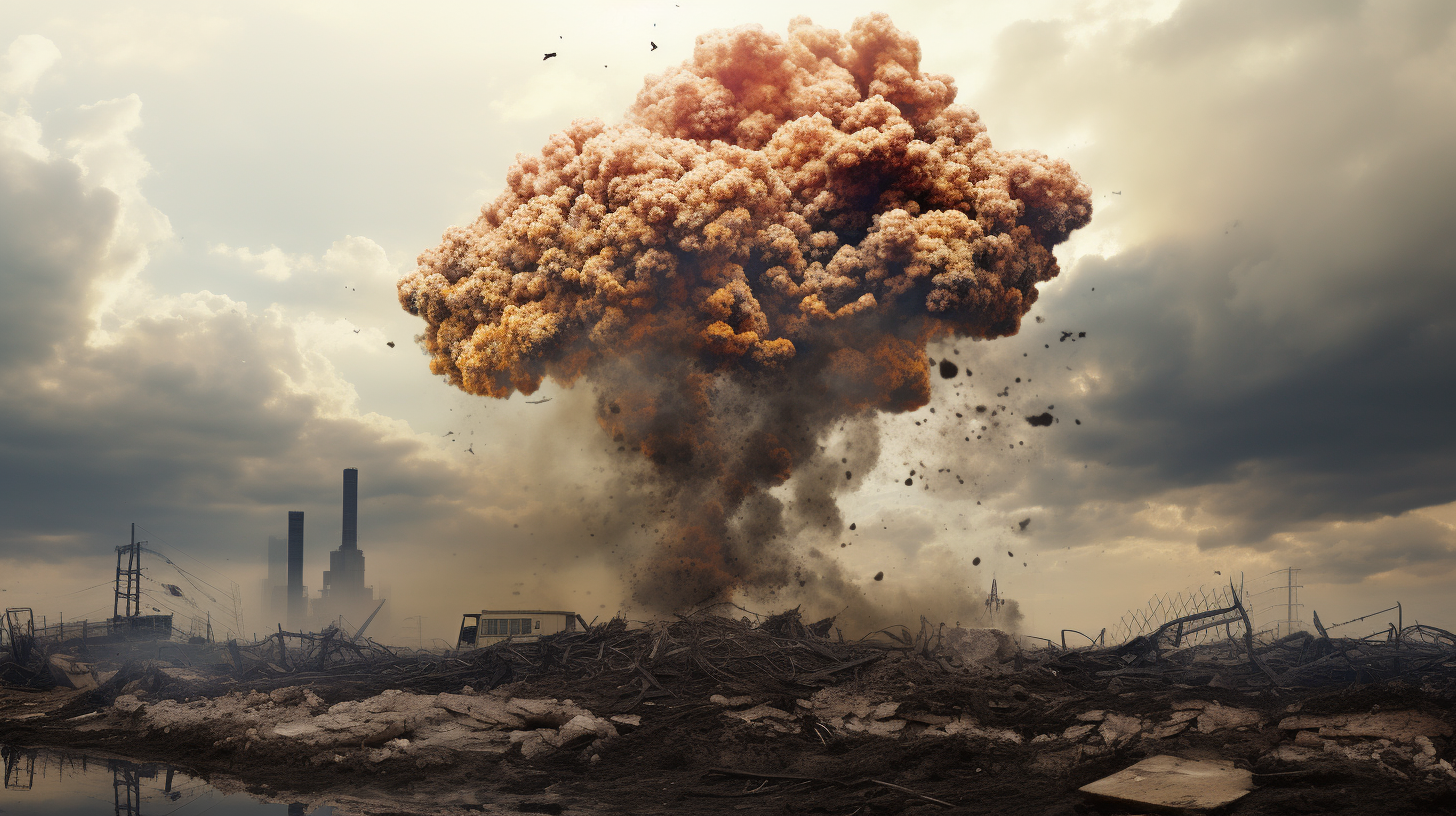In a world suffocating under the weight of its own neglect, humanity has provoked a new kind of natural rebellion: the Toxic Bloom. No longer content to wave petals in the springtime breeze, our flora has turned fatal; gifting us with an air so palpably poisonous that each breath has become a game of Russian roulette. Imagine a world where the very essence of life — the air we breathe — has become its executioner. This is not the script of a science fiction saga; this is the grim reality we face in the here and now, our present-day dystopia clouded by Toxic Bloom.
The Toxic Bloom is no ordinary environmental calamity. It arises from a pernicious combination of pollution, climate change-sparked wildfires, and catastrophic plant manipulation, converging to spawn air ladened with lethal concoctions. The skies, once a canvas of hope painted in hues of blue, now hang heavy with the specter of doom — thick with allergens, spores and micro-toxins unleashed by decay and desperation.
Fly ash and soot from relentless industrialization mix with the chemical cries of nature’s own defense, leading to widespread respiratory distress. Asthma, hitherto a manageable ailment for many, has been re-cast an indiscriminate slayer, turning playgrounds into ghost towns, and the simple act of inhaling into a potential death sentence. “The tightening chest, the gasping for air — it’s akin to being slowly submerged in quicksand,” confesses a survivor, whose identity is lost in the tangle of millions similarly afflicted.
Amidst such despair, one might wonder about the root of this unhallowed bloom. Scientists point to the genetic trials gone awry — a Frankenstein’s monster of plant life, designed to withstand climate extremes, yet now we are mired in botanical betrayal. A side effect of our craven quest for crop resilience has been a surge in the potency of naturally occurring plant toxins, breeding an airborne nightmare.
The Toxic Bloom is a cruel reminder of nature’s indomitable will. When cornered, it turns lethal in its struggle to survive, reshaping our dystopian world in a way that our prophetic ponderings had merely skimmed over. What were once considered alarmist ecological fairy tales are now the chapters of our everyday existence. This esoteric exploration of environment-induced suffocation is not just a cautionary tale; it is the last chapter of an elegy written by the withering hand of the world itself.
As we stand beneath the brown canvas of what was once our atmosphere, we face not a swift apocalyptic end, but a lingering demise marked by every labored breath. Our relentless industrial growth, our arrogance and ignorance, have all compounded into this atmosphere of anguish. We planted the seeds of our destruction, and now we must reap the bitter harvest of the Toxic Bloom.
And yet, amidst the gloom, life stubbornly persists. Patches of resistance emerge, as underground labs and rooftop gardens breed purer air pockets, offering transient respite. Ingenuity battles despair, as filters and masks evolve rapidly, sculpting a new fashion of survival — an ironic twist to our human narrative.
The Toxic Bloom warns us of a tomorrow that is already here. Its tendrils weave through the fabric of our society, leaving us with a stark choice: to either evolve amidst adversity or succumb to the suffocating grip of a world struggling for breath. But in a world so seemingly devoid of hope, the question remains — can the innovation of few outpace the destruction of many?
